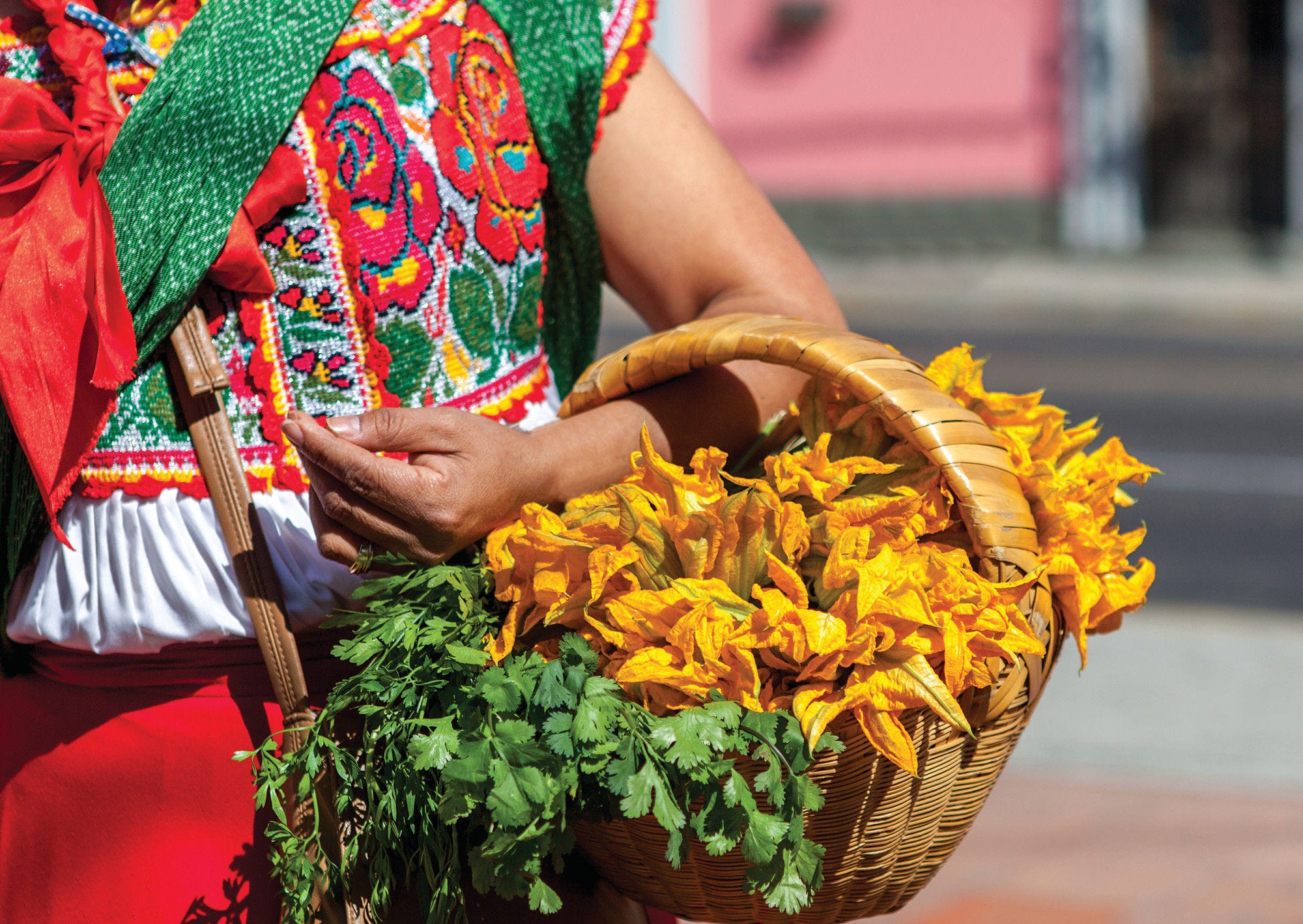Exposure to inadequate drinking water, sanitation and hygiene behaviours (WASH) are vital to individual health, livelihood and well-being. Diarrhoea, respiratory infections, malnutrition, schistosomiasis, malaria, soil-transmitted helminth infections and trachoma are some of the diseases associated to inadequate WASH. In 132 low and middle-income countries, an estimated 829 000 WASH-attributable deaths and 49.8 million DALYs occurred from diarrhoeal diseases in 2016, equivalent to 60% of all diarrhoeal deaths (Prüss-Ustün et al., 2019[20]). Over half a million children under the age of five die every year due to diarrhoeal disease. The estimation is that 88% of that burden is attributable to WASH and is mostly concentrated on children in developing countries. Better access to water and sanitation is fundamental to better health but it also contributes to social and economic progress, one of the many links to human capital described in this publication. It helps drive higher educational enrolment rates, improves the standard of living and lower health care costs necessary to maintain a productive workforce (UNICEF and WHO, 2017[21]).
Access to basic sanitary facilities has grown in LAC over recent years (Figure 4.18, left panel). In 2017, almost three out of four people living in rural areas and almost seven out of eight people living in urban areas in LAC countries have access to basic sanitation. However, in Haiti and Bolivia only around 24% and 36% of people living in rural areas have access to basic sanitation for adequate excreta disposal, respectively, meaning that open defecation is still common. Urban basic sanitation in these two countries increases to 44% and 72%, respectively, but still substantially below the LAC average. Progress has been particularly rapid in Paraguay and Chile, with an increase of more than 30 percentage points in the proportion of the population living in rural areas with access to basic sanitation between 2010‑17. Bolivia and Panama reported the largest increases of 25 and 21 percentage points in the population living in urban areas with access to basic sanitation during the same period. Guatemala and Saint Lucia were the only countries in LAC reporting a decrease in the percentage of the population having access to basic sanitation in urban areas from 2010‑17.
Between 2010 and 2017, most countries in LAC improved access to basic drinking water (Figure 4.19, right panel). Only Antigua and Barbuda, Barbados and Venezuela experienced small decreases. On average, nearly nine in ten persons in rural areas and nearly all persons in urban areas have access to improved water sources in LAC. Only Nicaragua, Peru and Haiti lagged behind with three‑quarters or less of the population living in rural areas having access to basic water sources. In Haiti, the rate was 40%, meaning that less than half of the rural population had access to drinking water. Access was significantly improved in Bolivia, Chile, El Salvador and specially Paraguay reported an increase in the population living in rural areas having access to basic drinking water of more than 25 percentage points between 2010‑17 (Figure 4.19, left panel).
The United Nations set a target of achieving universal and equitable access to safe and affordable drinking water for all, as well as achieving access to adequate and equitable sanitation and hygiene for all and end open defecation by 2030. Furthermore, UNICEF strategy for WASH seeks to ensure that every child lives in a clean and safe environment, gains access to basic sanitation and safe drinking water in early childhood development centres, school, health centres and in humanitarian situations. Tax-based public subsidies, well-designed water tariffs and strategic use of aid flows to the water sector can assist in ensuring that poor and vulnerable groups have access to sustainable and affordable water services (WHO, 2012[22]).


